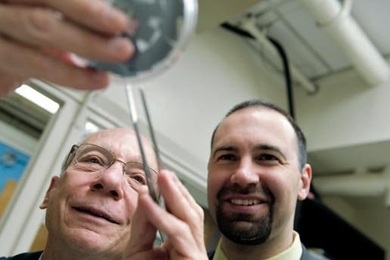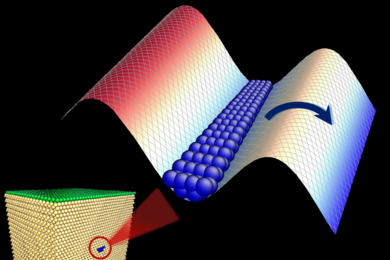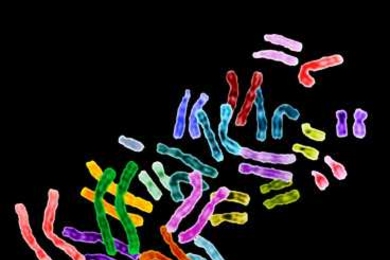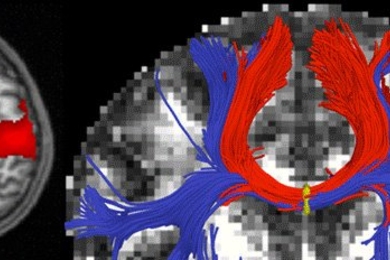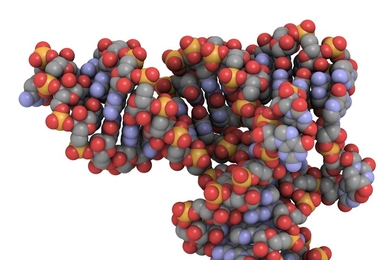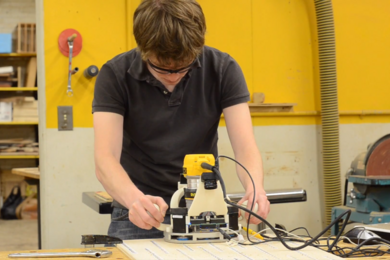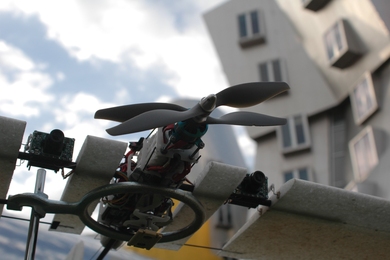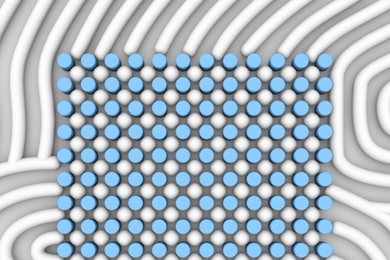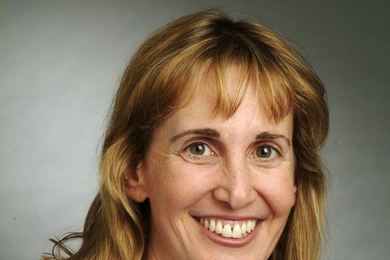Probing the mysteries of cracks and stresses
Analysis of molecular-level fracture and stress mechanisms could have broad implications for understanding materials’ behavior.
Deciphering the language of transcription factors
A new method identifies the precise binding sites of transcription factors — proteins that regulate the production of other proteins — with 10 times the accuracy of its predecessors.
15 MIT students named Siebel Scholars
Graduate students in computer science, bioengineering and business honored.
Researchers identify biochemical functions for most of the human genome
New map provides a reference for interpreting function of disease-associated regions.
Mapping neurological disease
New algorithm can analyze information from medical images to identify diseased areas of the brain and connections with other regions.
Connoisseur of chaos
Where other roboticists try to suppress the complex dynamics of mechanical systems, Russ Tedrake exploits them, to make control more efficient and versatile.
Making crowdsourcing easier
A new system for crowdsourcing database operations spares the user from worrying about the computational details but improves cost effectiveness.
New nanoparticles shrink tumors in mice
Particles that shut off cancer genes could also allow researchers to screen potential drug targets more rapidly.
New router enhances the precision of woodworking
Handheld device precisely follows a digital plan with minimal guidance from a user.
New aircraft capable of fast, accurate and repeatable flight
CSAIL's Robot Locomotion Group unveils new computer-controlled aircraft that can perform knife-edge turns.
Three MIT faculty named Simons Investigators
Goldwasser, Guionnet and Seidel are among 21 researchers selected.
UC Berkeley joins edX
UC Berkeley joins Harvard and MIT not-for-profit online-learning collaborative; edX broadens free course offerings into public health, computer science and solid-state chemistry; opens registration
Research update: Chips with self-assembling rectangles
New technique allows production of complex microchip structures in one self-assembling step.
Berger named ISCB fellow
Applied mathematics, computer science professor honored for contributions in computational biology and bioinformatics.
